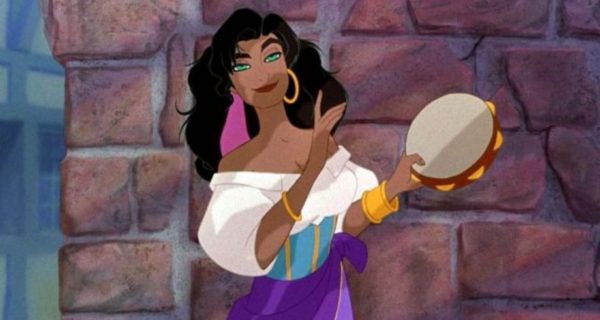In some of the first Disney movies – such as Snow White, Cinderella, and Sleeping Beauty – women were used to seeing themselves portrayed as damsels in distress, with weak or absent fathers and evil stepmothers using and abusing them. These princesses only found solace in a man’s presence, and their sole aim seemed to be to marry a handsome prince in order to leave their misery behind them. It was as if society at the time was pushing the idea to young women and little girls that the only path to happiness was to be found through a man and secured by their beauty and capability as a housewife.
In 1989, Ariel was introduced to us as a young woman thirsty for adventure, looking for a place where she could belong. The new family dynamic portrayed in this movie was that the heroine still had no mother around, but her father was present – very much so, in the case of King Triton, who appeared to be very controlling and overbearing when it came to his daughters. The main goal of the heroine was still to charm her beloved prince and run off with him into the sunset. Even though the moral of the story could be said to be ‘don’t disobey your father,’ Triton still gave her exactly what she wanted at the end of the tale, even though she went behind his back. This, however inadvertently, teaches young girls that no matter how badly they disobey their parents, they can still get away with it. It also shows that living away from their loved ones and renouncing their identity could be the ideal outcome of their disobedience.
In the 1990s, a new concept was introduced – a kind of subtle feminism. Some of my favorite “princesses” were and still are Belle, Pocahontas, and Esmeralda. All three of these women were from totally different backgrounds. One was a commoner with an eccentric father; the second, an indigenous princess, strong and proud of her heritage; and the third, the equivalent of an exotic dancer, using her body as a piece of art to get herself by in life. The only things that they had in common were their passion and their thirst for freedom while still acknowledging their feelings, because no one can live without love or attraction.
Belle was fierce. She was beautiful yet nerdy. She gave us the idea that you could be pretty and smart, and that we didn’t need to give in to men’s desires in order to be fulfilled. Her father gave her advice, which he thought was good, but he didn’t forcefully impose his will or societal pressure on her. He knew that she was special and he was there for her just as she was for him. When he disappeared, she didn’t ask for anyone else’s help. She went searching for him without telling a single soul. She didn’t hesitate to trade her life for her father’s, and she didn’t do so for the love of a man, but rather, to honor the one who raised her. As her situation progresses, she realizes that the beast in front of her has more to offer than what is visible, and decides to give him a chance. She falls in love with his soul and not his looks, as she has no clue at all that he will ever return to his human form. Ultimately, she is the one who saves him and not the other way around.
Pocahontas is another one of those strong-willed, naturally gorgeous women. She was fierce, inquisitive, and cherished her freedom. Her father was very proud of his daughter, and he had big plans for her, thinking it best to secure a good marriage between her and his strongest soldier. She, on the other hand, was not interested in marriage to the man of her father’s choosing – she wanted to discover the world for herself, and she wanted to be sure that she married for love if she ever did so at all. When she met John Smith, she did not instantly fall head-over-heels for him. Instead, she confidently questioned him and his motives. Once again, she took control of her own destiny. She was the one to save his life, and while most stories end with the woman giving everything up to follow the man she loves, hers did not. She let him go, choosing to stay with her loved ones, even though she had her father’s blessing to go.
Esmeralda was a whole new kind of “princess.” Her character was inspired by French literature and she was portrayed, in part, as a medieval exotic dancer, but mainly as an artist and an activist! She didn’t shy away from defending the less fortunate or standing up for the weak, and she didn’t give in to any man – no matter how charming or powerful he was. She saved a soldier’s life, kept her dignity in front of a corrupt judge, and risked her life for the cause that she believed in.
These fictional characters paved the way for a new generation of young women, teaching them that you can love someone without giving up your identity or your beliefs, and that good men can also appreciate a strong woman, and not just see them as a pretty face or a good housekeeper. I think that these seemingly innocent cartoons have really had an influence in shaping kids who grew up in the 90’s, and that they still have a powerful effect on the minds of children today.
For more fantastic articles from our latest magazine issue ‘Disney’, please click on the below link:
F&F Winter 2019: Disney

